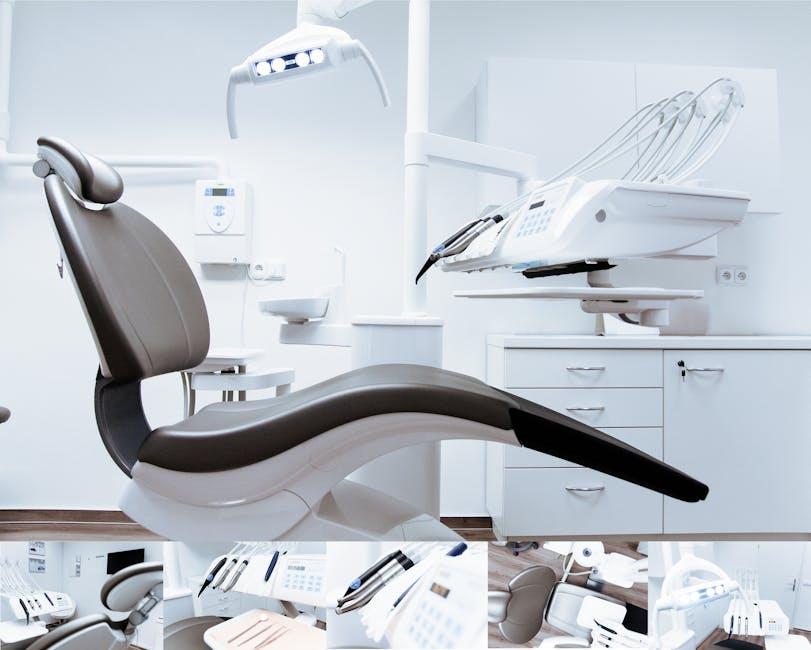
Dentists’ Economic Confidence Drops in First Quarter of 2025 – American Dental Association
The American Dental Association (ADA) has released its latest economic confidence report, revealing a notable decline in dentists’ economic confidence during the first quarter of 2025. As dental practices continue navigating the dynamic healthcare environment, understanding these confidence trends is critical for dental professionals and stakeholders alike.
Introduction: Why Economic Confidence in Dentistry Matters
Economic confidence among dentists serves as a vital indicator of the dental industry’s overall health and potential growth. This sentiment influences investment decisions, hiring trends, practice expansions, and patient care quality. When economic confidence wanes, dental practices may adopt more conservative financial strategies, affecting patient access and the innovation pipeline in oral health care.
Key Findings from the ADA Economic Confidence Report Q1 2025
The ADA’s Q1 2025 survey measured dentists’ confidence in the current and future economic conditions affecting their practices. Several key insights were drawn:
- Overall Economic Confidence Index: Dropped from 52 in Q4 2024 to 45 in Q1 2025 (index below 50 indicates pessimism).
- Patient Volume Expectations: 39% of dentists expect patient flow to decrease, up from 27% last quarter.
- Practice Revenue Outlook: Only 41% felt optimistic about revenue growth, down from 55% in the previous quarter.
- Hiring Plans: 25% plan to reduce or freeze hiring, a marked rise compared to 10% last quarter.
| Indicator | Q4 2024 | Q1 2025 | Change |
|---|---|---|---|
| Economic Confidence Index | 52 | 45 | −7 |
| Optimism about Patient Volume | 36% | 29% | −7% |
| Positive Revenue Outlook | 55% | 41% | −14% |
| Plans to Increase Hiring | 30% | 18% | −12% |
Why Has Dentists’ Economic Confidence Dropped?
Several factors likely contributed to the reduced confidence levels among dentists in early 2025:
1. Rising Operational Costs
Like many healthcare providers, dental practices face increasing costs related to materials, equipment, rent, and staffing. Inflationary pressures are impacting daily operations and profit margins.
2. Patient Behavior Changes
Economic uncertainty has affected consumer spending on elective and routine dental care. Some patients have delayed appointments or opted for fewer procedures fearing financial constraints.
3. Insurance Reimbursement Challenges
Slowdowns or reductions in reimbursement rates from dental insurers are pressuring revenues, complicating cash flows and financial planning for many practices.
4. Economic Volatility & Macroeconomic Factors
Broader economic uncertainties, including shifts in interest rates or labor market fluctuations, trickle down to impact patient volume and dentists’ ability to invest in their practices.
Implications for the Dental Industry
The decline in economic confidence has several implications:
- Practice Growth: Reduced confidence can slow plans for expansion or technology upgrades.
- Workforce Stability: Hiring freezes or reductions may increase workload stress among existing staff.
- Patient Care Access: Curtailing services or staff could impact access or timeliness of care.
- Innovation & Adoption: Hesitancy to purchase advanced dental technologies could slow innovation.
Practical Tips for Dentists to Navigate Economic Uncertainty
Despite challenges, dentists can adopt a proactive approach to safeguard their businesses and patient services:
- Improve Financial Management: Regularly review budgets, identify inefficiencies, and optimize overhead costs.
- Diversify Service Offerings: Incorporate preventive care packages, cosmetic dentistry, or tele-dentistry services.
- Enhance Patient Communication: Engage patients proactively about treatment benefits and flexible payment options.
- Invest in Staff Training: Develop a versatile, cross-trained team to improve productivity and morale.
- Leverage Technology: Utilize practice management software to streamline appointments, billing, and patient follow-ups.
Case Study: How One Practice Overcame Economic Headwinds
Dr. Sarah Mitchell’s family dental clinic in Ohio experienced a sharp decline in patient visits early in 2025. She implemented these changes that helped stabilize her practice:
- Introduced a tiered payment plan making treatments more accessible.
- Expanded marketing to local businesses and schools to boost patient base.
- Adopted digital appointment reminders to reduce no-shows.
- Negotiated better supply contracts to reduce costs by 12%.
Within three months, Dr. Mitchell reported a 10% increase in patient volume and improved revenue collections, boosting her economic confidence.
What the Future Holds: Looking Beyond Q1 2025
Economic indicators for dentistry are subject to fluctuations, influenced by both internal industry dynamics and broader economic trends. The ADA advises dental professionals to:
- Remain agile and responsive to patient needs and market conditions.
- Stay informed about policy changes impacting insurance and reimbursement.
- Prioritize financial resilience and strategic planning.
While the drop in economic confidence in Q1 2025 presents challenges, it also offers an opportunity for dentists to innovate and reinforce sustainable practice management principles.
Conclusion
The American Dental Association’s report on dentists’ economic confidence in the first quarter of 2025 highlights a worrisome trend that dental professionals cannot ignore. By understanding the underlying factors causing this decline and adopting practical financial and operational strategies, dental practices can navigate this period of uncertainty more effectively.
Keeping patient care at the forefront while managing economic risks is essential to maintain thriving dental practices in 2025 and beyond.
Dental professionals and practice managers should leverage resources offered by the ADA and industry leaders to stay ahead in these challenging times.


